
New Interface for Permission Management
Discover how the new 4HSE user interface simplifies permission management, offering more precise and intuitive control for administrators.
4HSE is the all-inclusive software for workplace safety that automates processes, centralizes information, supports decision-making, and ensures regulatory compliance.
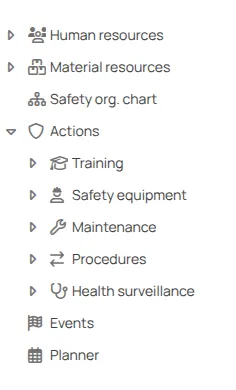
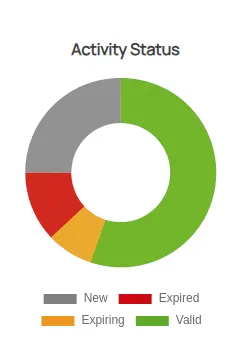
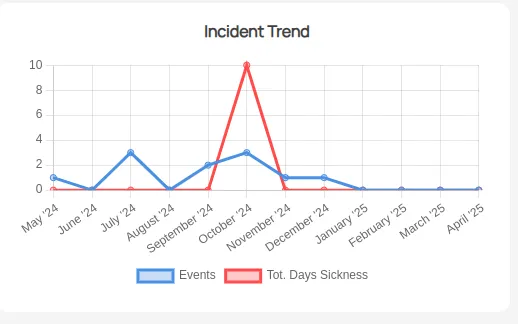
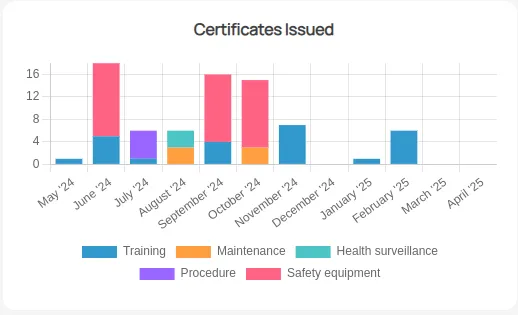











All HSE functions in an all-inclusive environment with tailored flexibility for company processes and standards.
Automation, fewer errors, less duplication, and lower sanction risks.
Scheduling and workflows to accelerate execution and control.
Structured data and dashboards for strategy and governance.
All HSE functions in a single platform, with no separate modules.
Adherence to company context and standards, integrations, and customizations.
End-to-end digitalization, traceability, and auditability.
Our cloud-based HSE software enables centralized management of all workplace safety activities. Monitor regulatory compliance, share information across locations and departments, and improve operational and decision-making control.
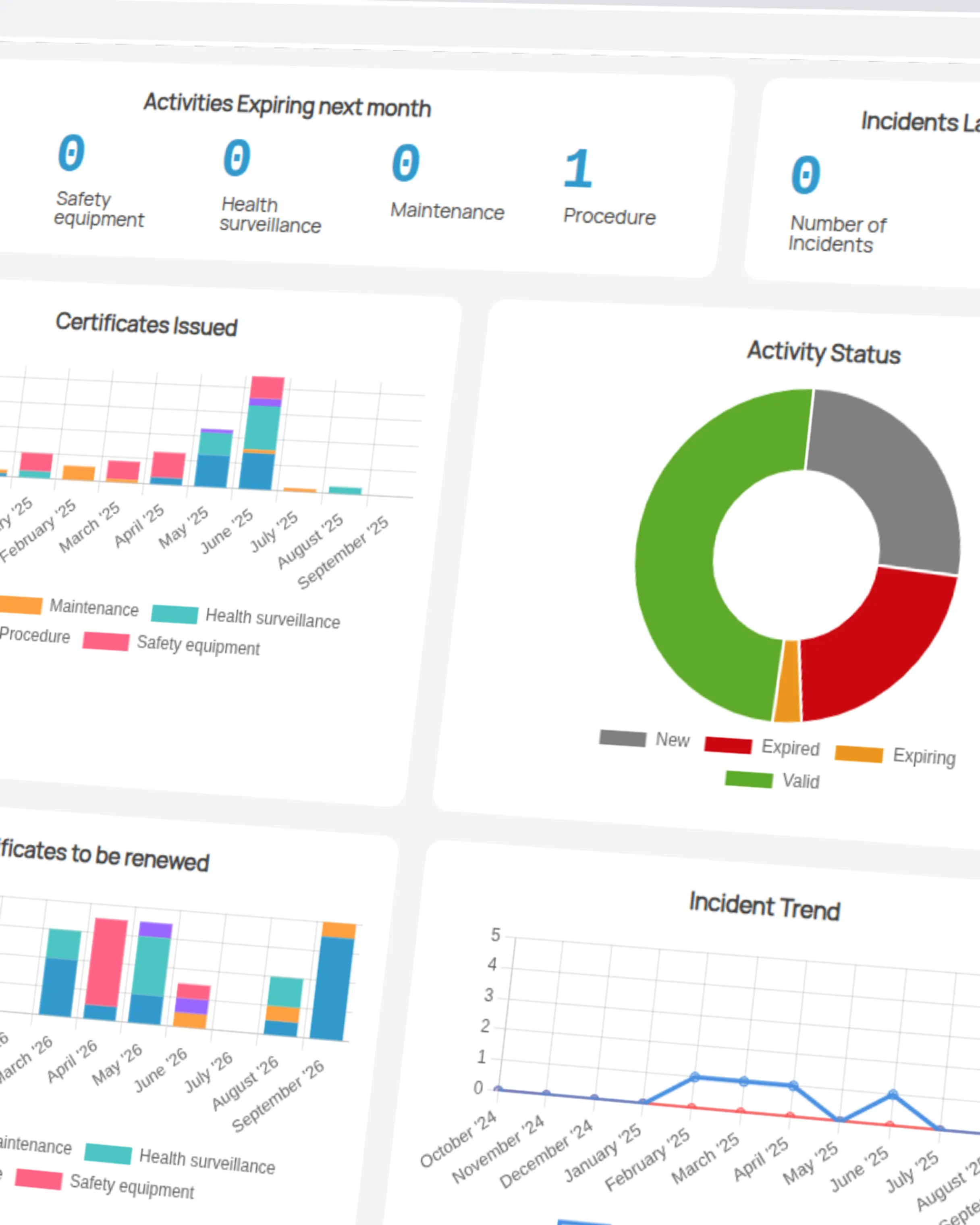
Our cloud-based HSE software is designed for workplace safety experts and consulting firms. Manage multiple projects and clients from a single platform, collaborate with your team, and enhance your brand.
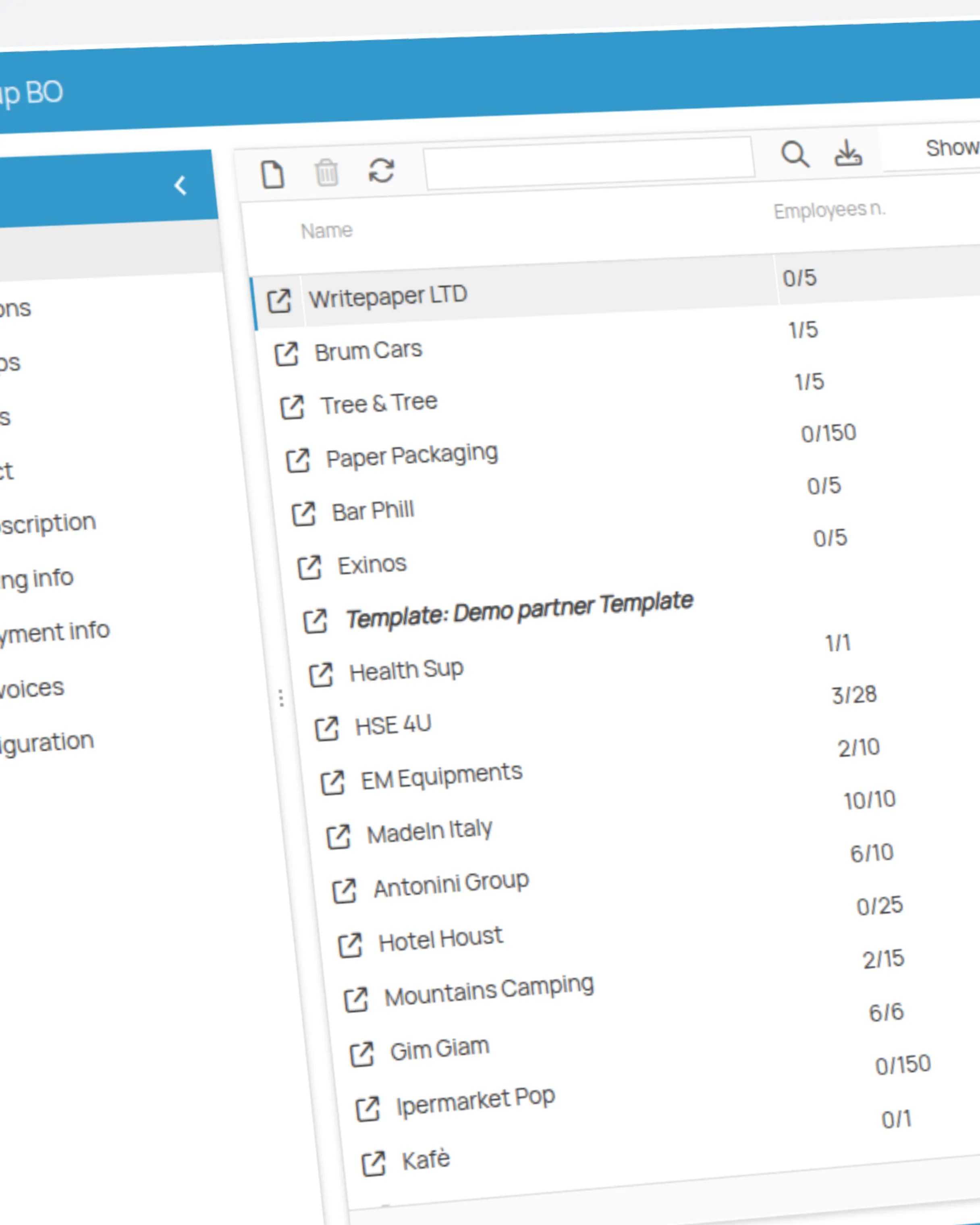
How our customers use 4HSE
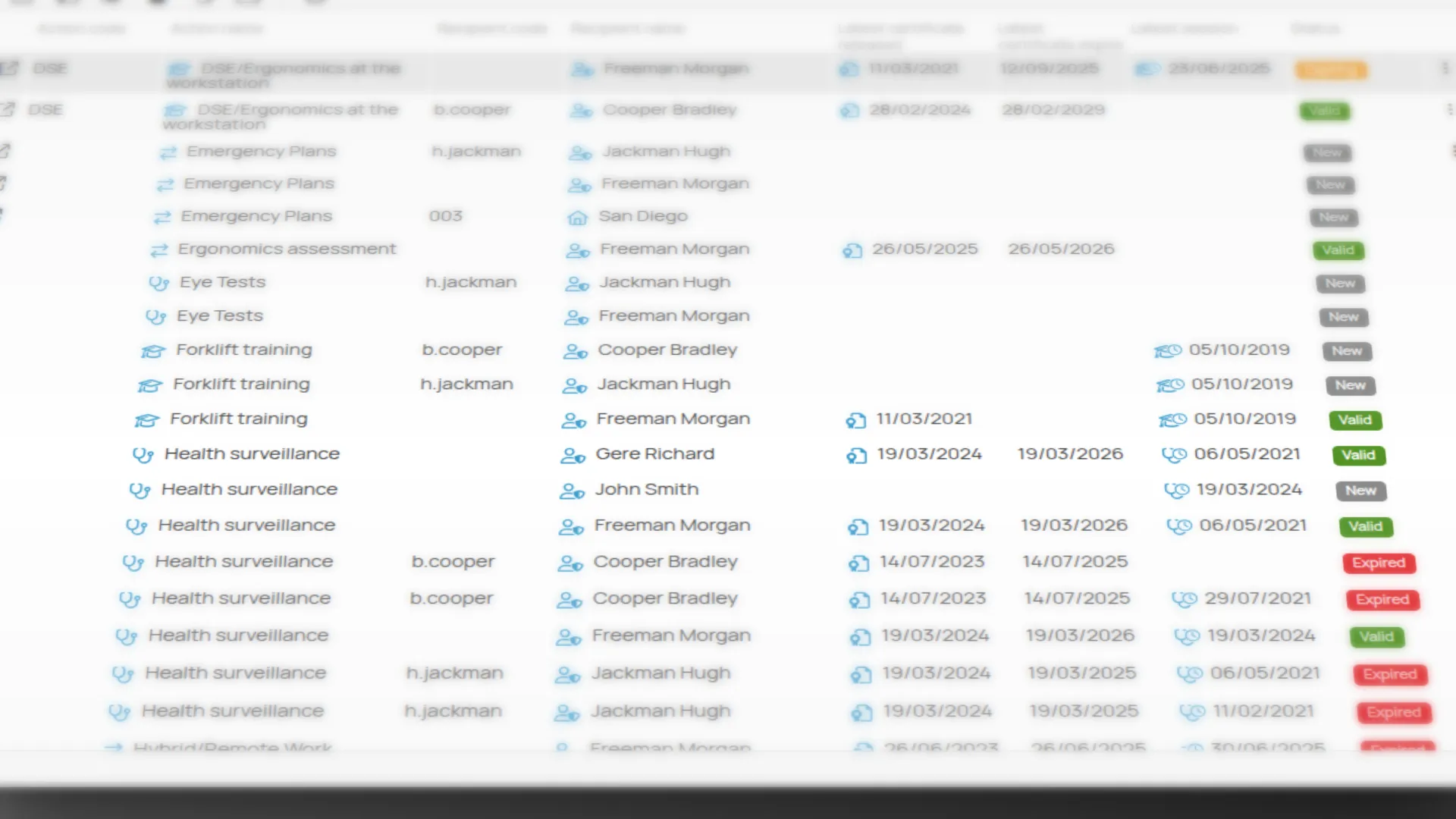
Centralized client management
Large consulting firms with offices and clients spread across the territory use 4HSE to manage the safety of multiple companies. Through the Multi-company module, they obtain a global scheduler that is always updated with the safety status of their clients' personnel (training, PPE, health surveillance).
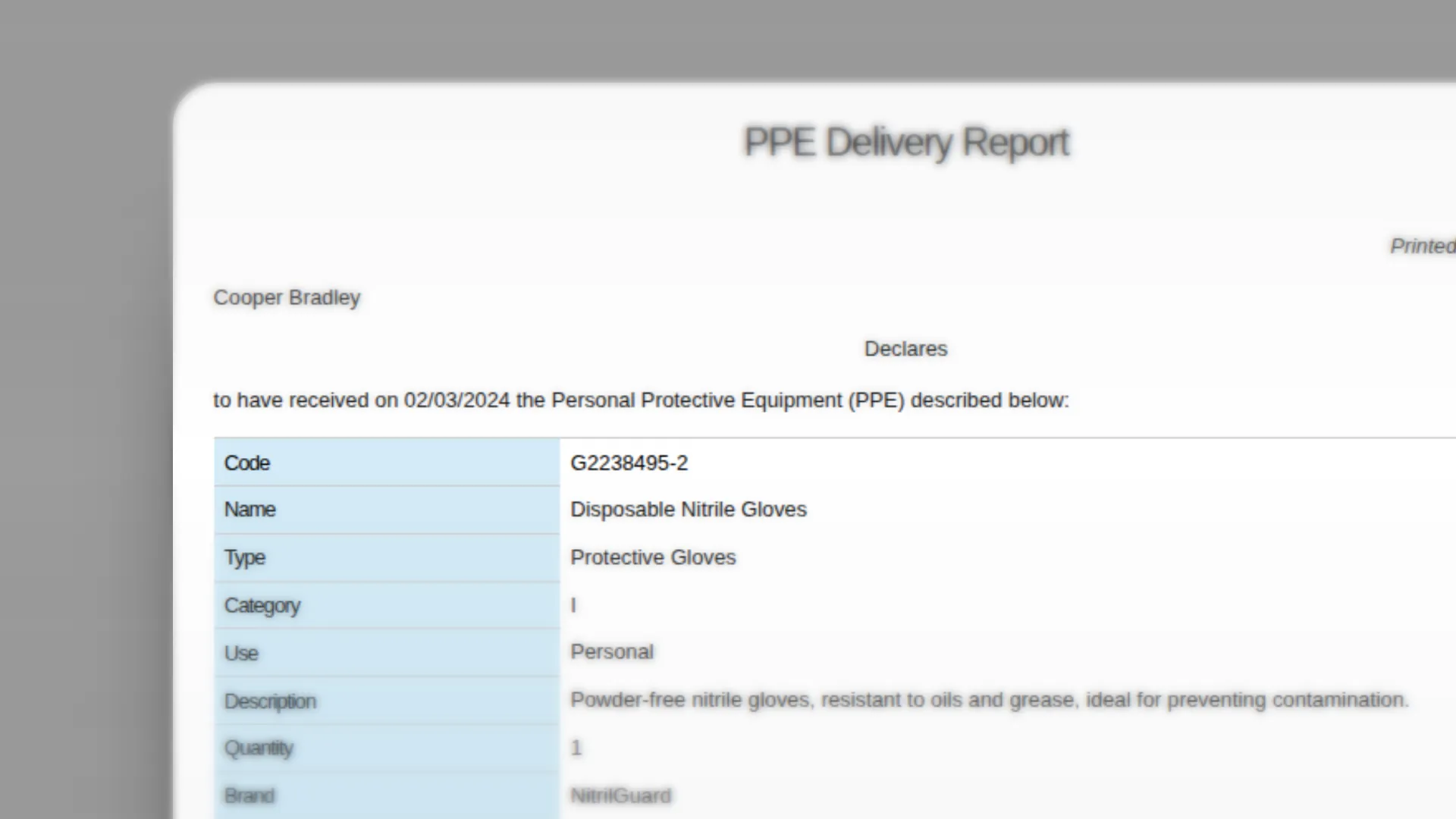
Dynamic safety management
In construction sites, 4HSE is used to manage safety in dynamic environments with constantly moving personnel. The platform allows for quick updates of PPE and scheduling of machinery and equipment maintenance, ensuring compliance and operational efficiency.
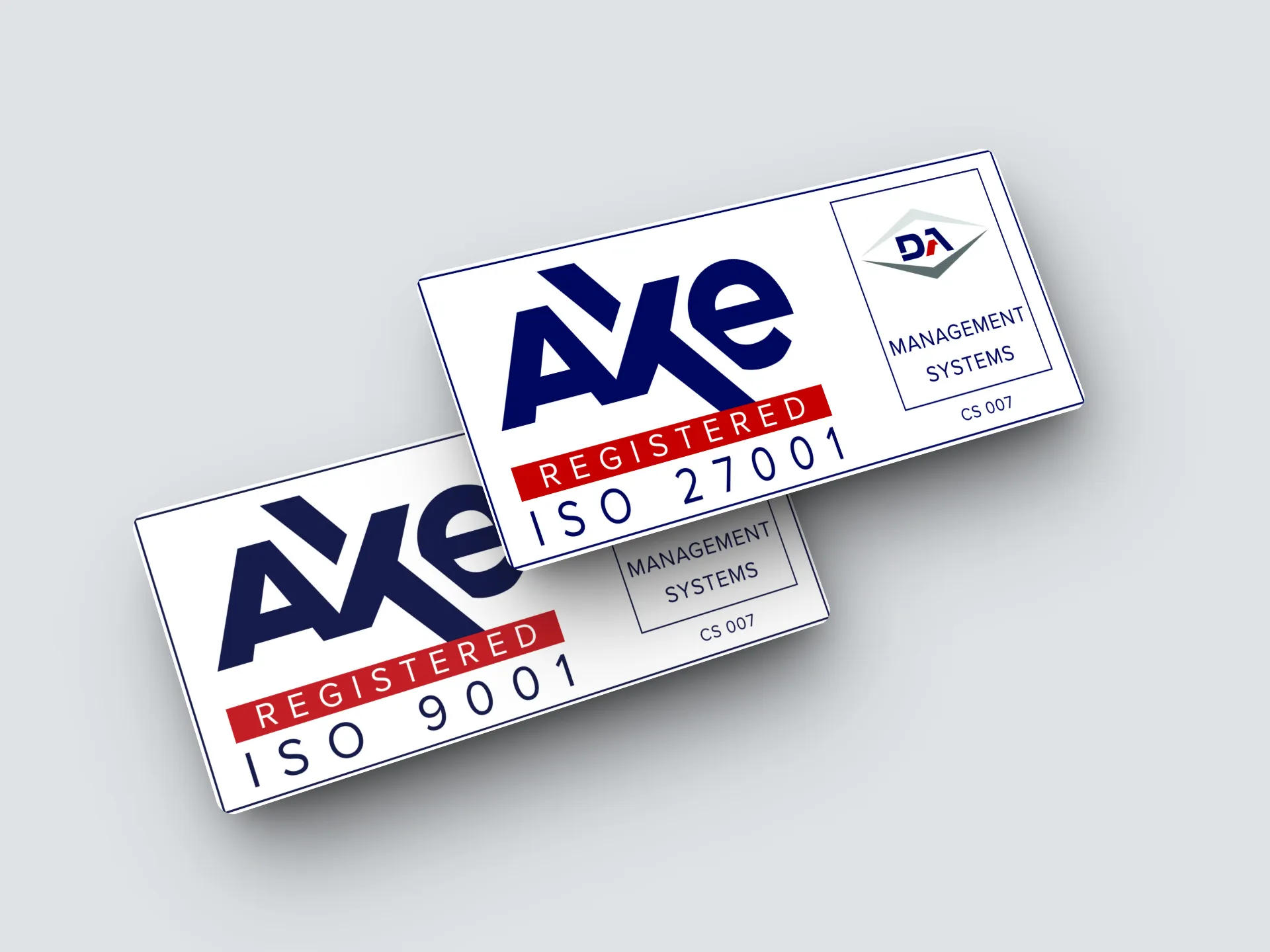
ISO-9001 & ISO-27001 for Public Administration
Institutional entities such as universities, schools, and municipalities use 4HSE for internal safety management because, thanks to ISO-9001 and ISO-27001 certifications, the platform ensures full compliance with the standards required by Public Administration. This simplifies adoption in regulated contexts, ensures the protection of sensitive data, and allows for seamless integration into operational workflows and internal audit processes.
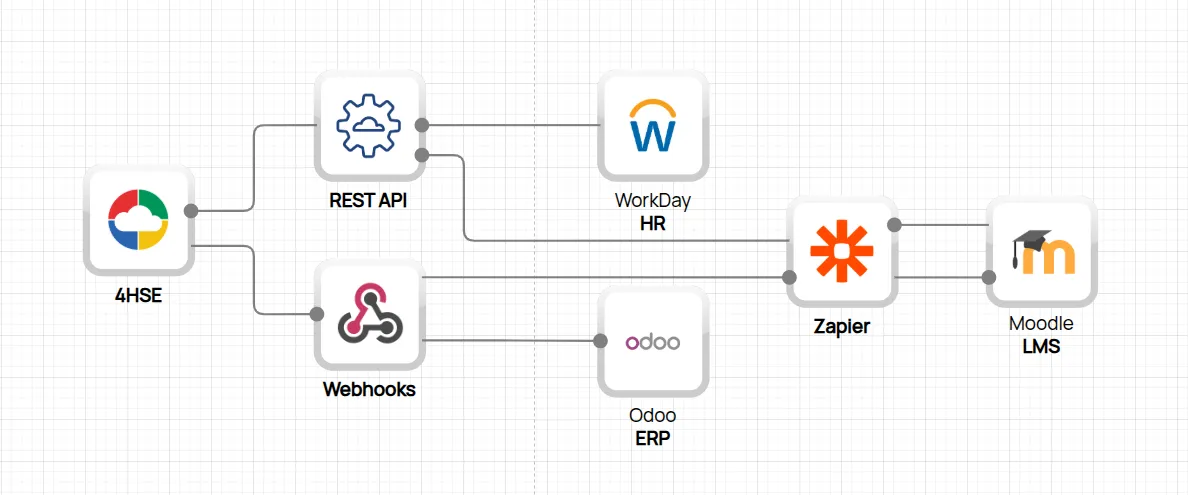
Easy integration with other cloud software
Large corporations use 4HSE for internal training management. They quickly integrated the platform with their cloud HR software, demonstrating how 4HSE adapts and collaborates with other SaaS solutions to fit into well-established operational workflows.
Here are the key KPIs achieved by our clients with 4HSE.
Discover how 4HSE works with a guided demo or an informative call with one of our consultants.
4HSE complies with national and international standards for safety, reliability, and interoperability.




Discover the latest news on 4HSE developments and workplace safety.

Discover how the new 4HSE user interface simplifies permission management, offering more precise and intuitive control for administrators.
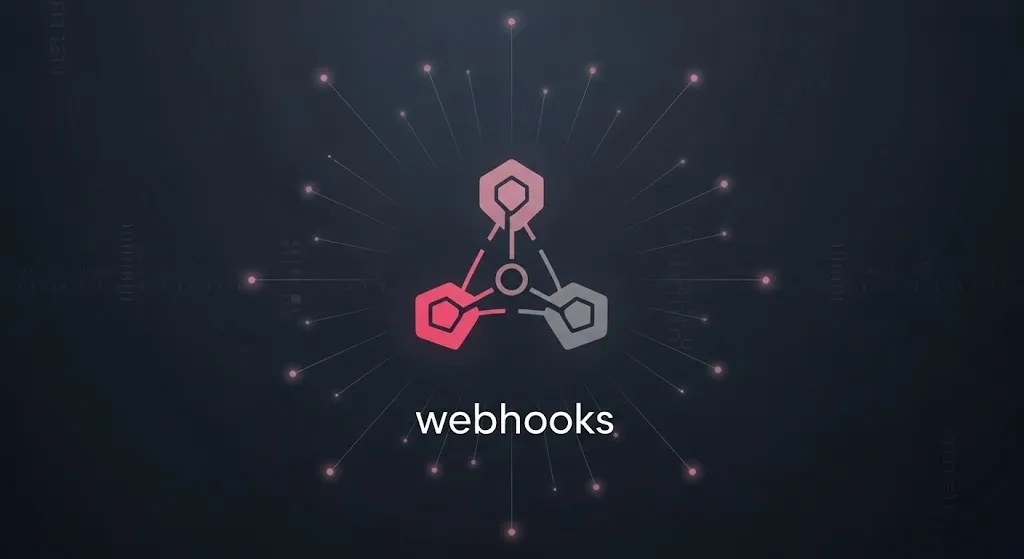
Webhooks are now part of 4HSE: system communication becomes immediate, integrations simpler, and processes even more automated.

4HSE has released a new Strong Authentication feature, designed to strengthen platform access security and offer customers more options in authentication management.
Can't find the answer you're looking for? Check out FAQs page.